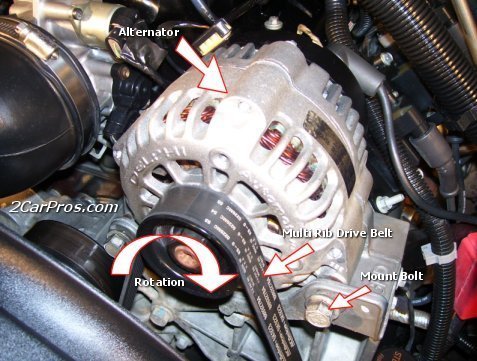Okay. If your connection was tight, then I have to expect something internal in the alternator was causing the arc. Make certain that the alternator they are providing it the correct one for your vehicle.
_______________
Here are the directions specific to your vehicle. Just adding them so you can confirm nothing was done differently.
________________
Generator (GEN) - 4-cylinder gasoline engine, removing and installing
CAUTION:
Before beginning repairs on the electrical system:
- Obtain the anti-theft radio security code.
- Switch off all electrical consumers.
- Switch off ignition and remove ignition key.
- Disconnect negative ( -) battery terminal.
- When disconnecting and reconnecting battery terminals, observe all applicable Notes and torque specifications, as well as instructions on performing OBD program and electrical system function checks.
Special tools, testers and auxiliary items needed
pic 1
- VAG 1331 Torque wrench (or equivalent 5 - 50 Nm)
REMOVING
1. Disconnect battery.
2. Remove ribbed belt.
3. Remove ribbed belt tensioner.
Tightening torque. 25 Nm (18 lb ft)
pic 2
4. Remove nut from terminal 30/B+ connection
Tightening torque. 15 Nm ± 1 Nm
5. Disconnect electrical connector -2-.
6. Remove harness retainer -3-.
7. Remove M8 hex bolts (generator to bracket)
Tightening torque. 25 Nm (18 lb ft)
8. Lift generator out from engine compartment.
INSTALLING
Install in reverse order of removal, noting the following:
pic 3
- Where applicable, drive threaded sleeves -A- approx. 4 mm in direction of -arrow.
___________________________
Again, it's even possible the wrong alternator is being use that doesn't provide enough amperage.
Let me know.
Joe
Images (Click to make bigger)
Tuesday, February 25th, 2020 AT 4:38 PM









